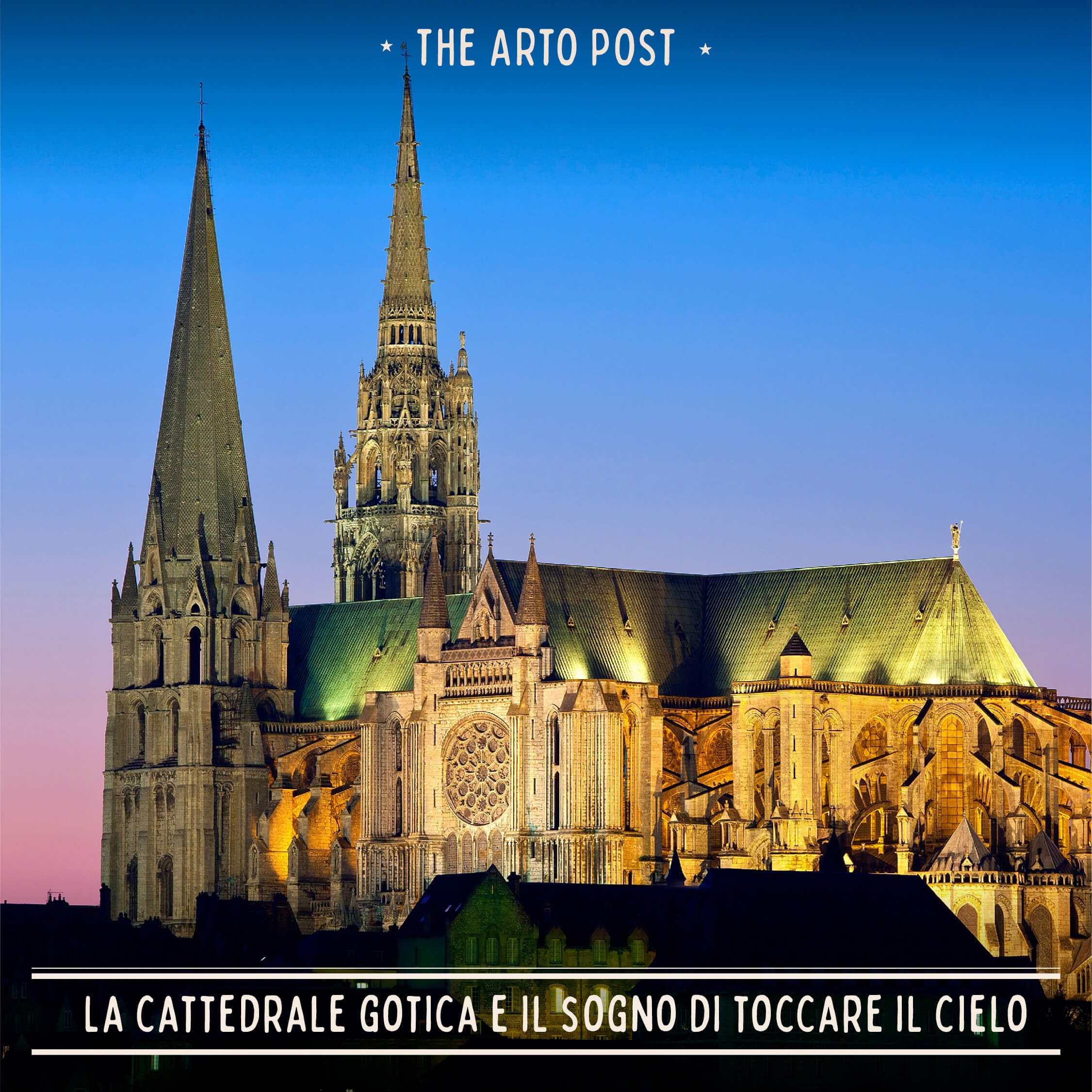The Chartres Cathedral
Category:

Chartres Cathedral, located 60 km from the French capital, is one of the most evocative churches in Europe; an example of French Gothic architecture, it was rebuilt after a fire and officially consecrated in 1260.
The building was constructed over a period of 25 years and has three naves that rise (the central one is as high as a 12-story building). Compared to the previous period, the cross vault was replaced by an ogival vault and the round arch by a pointed one: in this way, the structure became higher and higher. In place of the exterior walls, 176 stained glass windows, with a total surface area of more than 2600 square meters, let the light pass through, penetrate the space and become the protagonist.
The windows tell biblical stories and events and replace the frescoes of Romanesque churches. Famous for the intensity of their blue color, they were made by adding cobalt to the glass mixture.
Inside, an intricate labyrinth winds along the floor with a single exit: a symbol of each person’s life, it represents the thousand difficulties encountered along the way, but also the certainty of having a goal to strive for and eventually find (there are no other exits!).
The cathedral was almost destroyed during the French Revolution, when the revolutionaries asked an architect to demolish the building with explosives: the man convinced them to give up, claiming that it was “technically” impossible.
Declared a World Heritage Site by UNESCO in 1979, it is one of the stops on the Camino de Santiago pilgrimage route because it houses the relic of the veil of the Virgin Mary.
This and other interesting facts can be found in the Art and Science album.
Explore the Art and Science album!
Explore the Art and Science album!